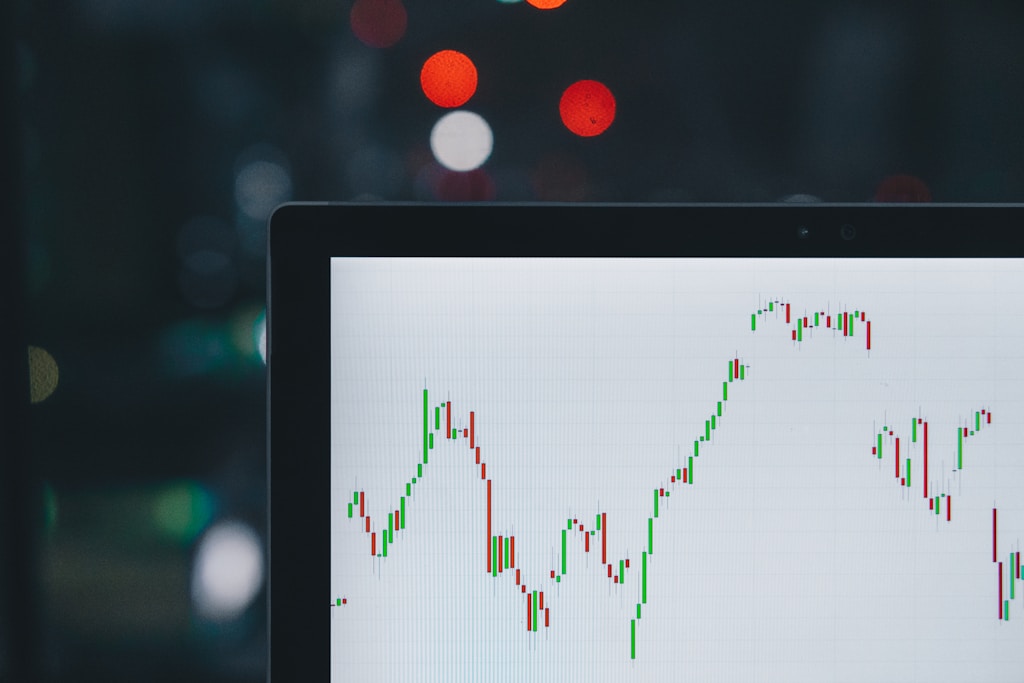The largest intergenerational wealth transfer in history is approaching, with Generation Z positioned to inherit an estimated $84 trillion from Baby Boomers. This seismic shift in capital could dramatically accelerate Bitcoin adoption and reshape the future of finance.
Key Highlights of the Coming Wealth Transfer
- $84 trillion in assets expected to transfer from Boomers to younger generations
- Gen Z showing strong preference for Bitcoin and crypto investments
- Potential catalyst for Bitcoin’s emergence as the dominant monetary asset
In a recent Bitcoin Backstage interview at Bitcoin Amsterdam, Metaplanet’s Head of Bitcoin Strategy Dylan LeClair discussed this unprecedented wealth transfer and its implications for Bitcoin adoption.
Why This Matters for Bitcoin’s Future
The combination of generational wealth transfer and increasing crypto literacy among younger investors creates a perfect storm for Bitcoin adoption. Recent studies show that over 45% of Gen Z investors already hold some form of cryptocurrency, significantly higher than any other age group.
SPONSORED
Trade Bitcoin with up to 100x leverage and maximize your potential returns
Expert Analysis and Market Impact
Financial analysts predict this wealth transfer could trigger a significant shift in investment patterns. With Bitcoin currently testing crucial price levels, the influx of generational wealth could provide the momentum needed for sustained growth.
FAQ: Gen Z and Bitcoin Inheritance
When will this wealth transfer begin?
The transfer has already begun but will accelerate significantly over the next decade as Boomers enter retirement age.
How might this affect Bitcoin’s price?
While predictions vary, the combination of limited supply and increased demand from younger investors could drive substantial price appreciation.
What percentage might flow into crypto?
Conservative estimates suggest 5-10% of inherited wealth could be allocated to digital assets, primarily Bitcoin.
Looking Ahead: The Future of Bitcoin Adoption
As this historic wealth transfer unfolds, Bitcoin’s position as a preferred store of value for younger generations could fundamentally reshape the global financial landscape. The combination of generational wealth transfer and increasing institutional adoption creates unprecedented opportunities for Bitcoin’s growth.





